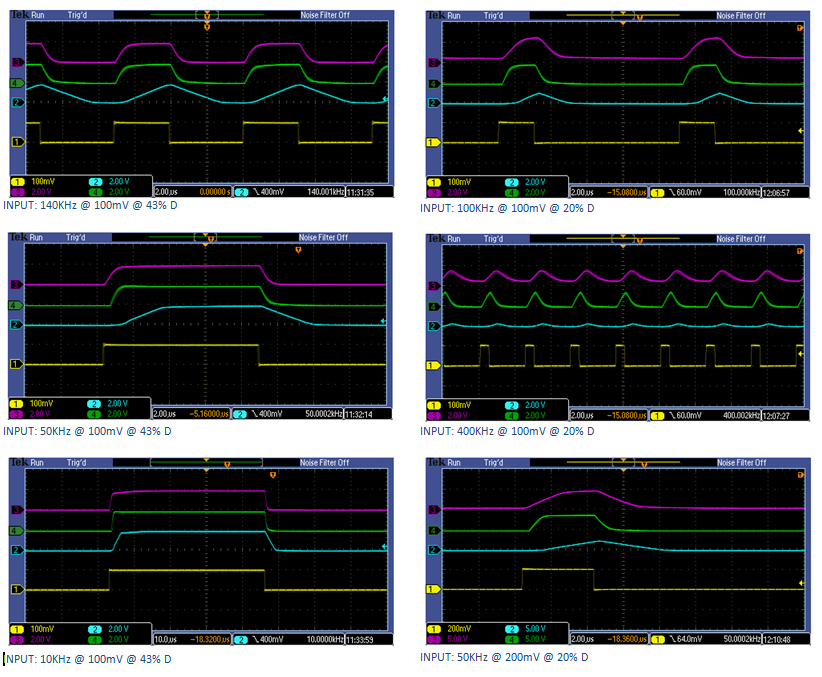Hi team,
What's the Vsense input minimum voltage of INA168-Q1 with 100mohm Rs?
Because when my customer set load Is=10mA, means Vsense=Rs*Is=1mV only. In that case, the output voltage is not s expected. Can our device work properly under Vsense<1mV ?


